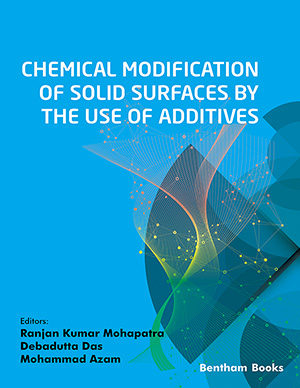Abstract
The corrosion inhibition of 304L stainless steel in physiological serum (PS) in the presence of poly (vinyl) alcohol (PVA) is discussed according to electrochemical measurements. The layer composition formed on stainless steel surface was estimated using Scanning Electron Microscopy (SEM) and X-ray Photoelectron Spectroscopy (XPS) techniques. Electrochemical measurements indicated that PVA presence in PS solution decreases the corrosion current and increases the polarization resistance. XPS analysis showed that the surface layer consisting of PVA contains small amounts of other elements, such as: Na, Cl. The surface characterization of electro polished 316L stainless steel by using poly (O-2-hydroxyethyl) starch (PETA) in physiological serum (PS) is discussed according to electrochemical measurements, Scanning Electron Microscopy and Mossbauer Spectroscopy. The results obtained through polarization curves indicate that PETA reduces anodic dissolution and also decreases the corrosion current (icorr). Scanning Electron Microscopy (SEM) showed no evidence of corrosion pits on the surfaces of electro polished 316L stainless steel, but the formation of a thick film on the steel surface was observed. The Mossbauer spectrometry proves uniformity, compactness and stability of the passive films. More patents detailed the methods for producing a corrosion- inhibiting coating on the implants made of biocorrodable materials.
Keywords: Stainless steel, thin film, polymers, XPS, SEM, Mossbauer spectroscopy, cellular micropatterning, biocompatibility, Electrochemical Measurements, XPS surface analysis, polymer coatings, Tafel Polarization, poly ethylenimine, metallic surface by PVA
 13
13




